Sniffing your identity markers: Who do you say you are?
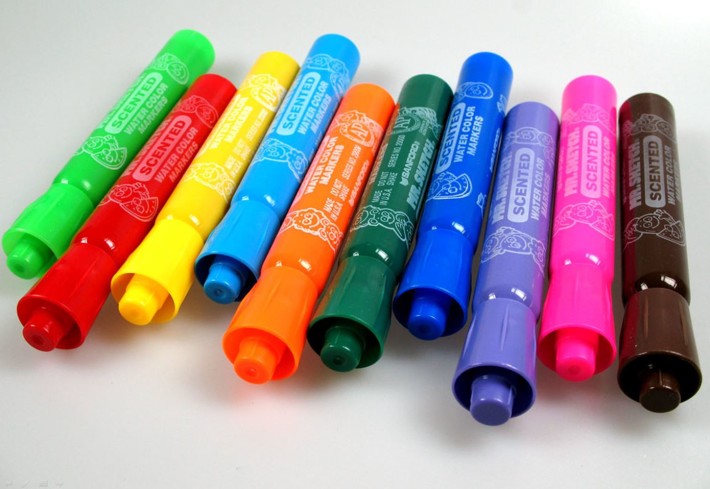
As a child of the 70s, I have fond memories of sniffing Mr. Sketch ink markers. I was five and my grandparent’s had a 12-color set of Sanford’s scented pens for us to snort when we visited.
This sounds weird to my 41-year old self, but give a kid a color stick that smells like fruit candy and what do you expect? At the time, I was not thinking how this might be socializing the idea of sniffing pens or how such an action would get kids expelled from school three decades later. My thoughts were focused on seeing the world through purple grape, red cherry, or black licorice filters as the pens passed under (and I imagine at times up) my nose.
Sanford’s scents are not unlike our own identity markers, a concept described by Bessant and Watts in their book Sociology Australia. I borrow their version of the identity marker concept in conversations I have with friends and colleagues about how they are positioning themselves in their online expressions.
Who are you?
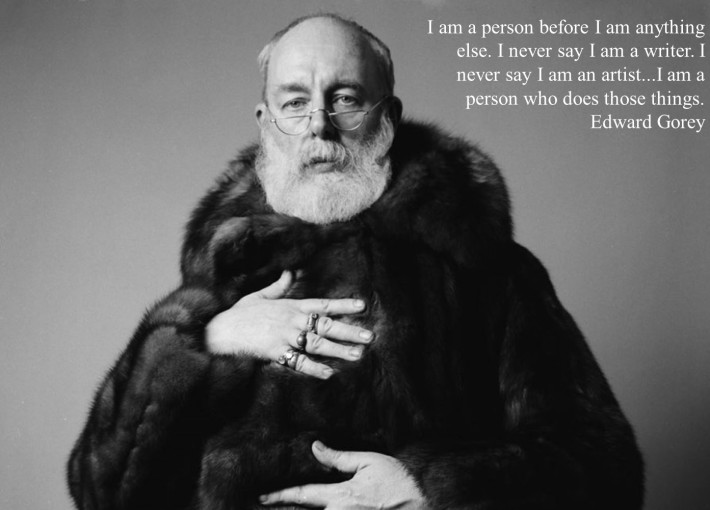
I respect artist and writer Edward Gorey’s position that he is more than the expression of what he does. Yet at some point most people use their roles to define their identity in this world.
Like different colors and scents of pens, our identity markers are different expressions of who we are. These labels embody characteristics that have meaning to us and the society in which we exist.
For example, depending on the context of the situation, you may describe yourself by stating your:
- Religious affiliation or lack thereof (Atheist, Christian, Buddhist, Mormon)
- Membership to a group or team (sports member or fan)
- Political persuasion (Democrat, Republican, Liberal, Independent)
- Residence of a region or nationality (American, Brisbanite, city-dweller)
- Ethnicity (Caucasian, Asian)
- Position in a company or industry (CEO, Manager, Brick-layer, Programmer)
- Personality type (Extrovert, INTJ, Enneagram 7)
- Family relationship status (Husband, Wife, Father, Mother, Child)
- Gender or sexual persuasion
- Outcome from a historical event or experience (victim, survivor, addict, professional)
- Relationship to others (leader, follower)
These are really noticeable when introductions are constrained to short times or word counts. We see this in networking events when professionals greet each other in a crowded room, stating markers we feel are most appropriate to the one we are speaking with.
Another great example is in Twitter descriptions. When given 140 characters to describe yourself, the result is often cramming as many identity markers as possible in such a short space. We can see some examples from what happens to be top of my feed as I write this post:

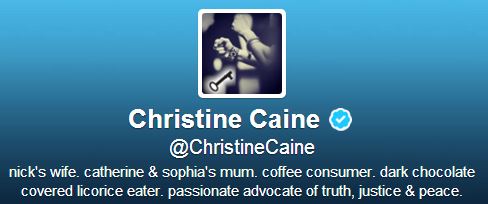
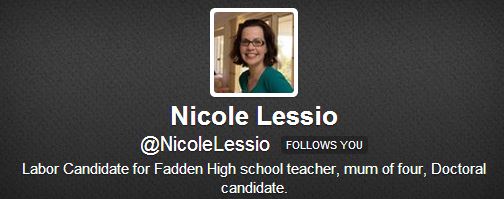
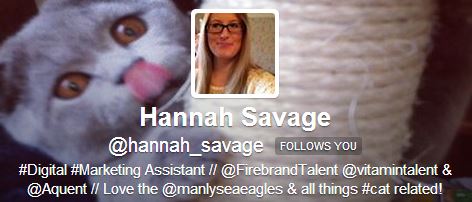
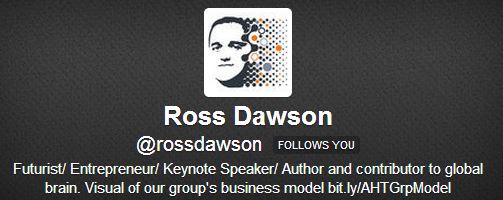
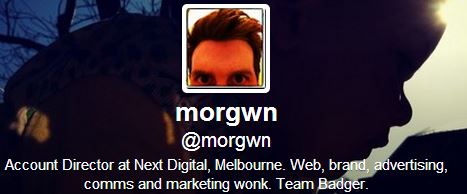
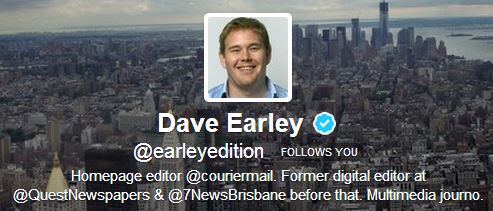
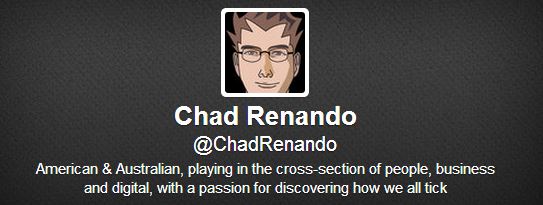
Markers can be messy
Gorey’s sentiment is valid. We do not always feel that other people’s interpretation of our identity markers do justice to who we are. This raises a few caveats we need to consider when putting ourselves or others in a box made up of the names we use.
Markers are relative
Identity markers are defined in part by the definition given by the culture and community around us. Using the pen metaphor, what one person smells as tasty red cherry may be offensive cough syrup to another.
Markers have history
The definition of an identity marker can change over history as well as how we view ourselves over time. Markers can become faded or commonplace while others may become the flavor of the day.
Markers have value
The markers we use can be preceded with value terms, such as a ‘good’ CEO or a ‘bad’ father. Some green markers will be more vibrant and smell more like ripe apples, whereas another green might be faded and smell slightly ‘rotten’.
Markers can have conflict
The value conversation raises issues of potential conflict between our identity markers, also known as role conflicts most often highlighted in work-life balance issues. Not all colors go together and not all fragrances were meant to be snorted in the same sniff.
Our career-related markers can conflict with our non-work markers. A marker as a social activist may not align with that of a business owner. This disconnect is exposed when we choose to increase the value of one marker that is in conflict with another.
Choices we make to build up one marker can fade or highlight other markers. Our lives can be seen as a tapestry of colors blended together to create the ideal image of how we wish to be seen by others and ourselves.
Paint your picture
The concept of identity markers often comes up when someone is looking at strengthening their position in the market or branching out into new directions. I encourage you to consider three responses to the concept of identity markers:
- Know your markers
Be aware of which markers you have in your box and when you use them. For example, I am on the board of a not for profit, have strong opinions about certain social justice issues, have certain professional roles in commercial organisations, and am a father and husband. When I have conversations or communicate through online channels, I am all these things but I would expect to focus on drawing with one or two pens . - Develop your markers
I work with people to help them develop specific identity markers. Executives may wish to develop their social enterprise side while a not-for-profit leader may wish to develop behaviour more in line with commercial practices. This is expressed through their online “brand” expressions and in how they carry and introduce themselves. Know which markers you want to develop and then be intentional about focusing on that aspect of yourself. - Be intentional about the marks you leave behind
As we interact with others, we all leave behind a mark, and in Mr. Sketch’s case, a scent. A sure-fire way to ensure your mark is pleasant is to help others as much as you can. You are more likely then to leave the room with a good fragrance.
I am becoming increasingly conscious of the painting we are all creating with our markers. To the point, this blog I am writing is leaving a mark on the world. If you feel this is useful for others and it supports your own identity marker as someone who shares such things, I invite you to make your mark through commenting or passing it on through the channels below.

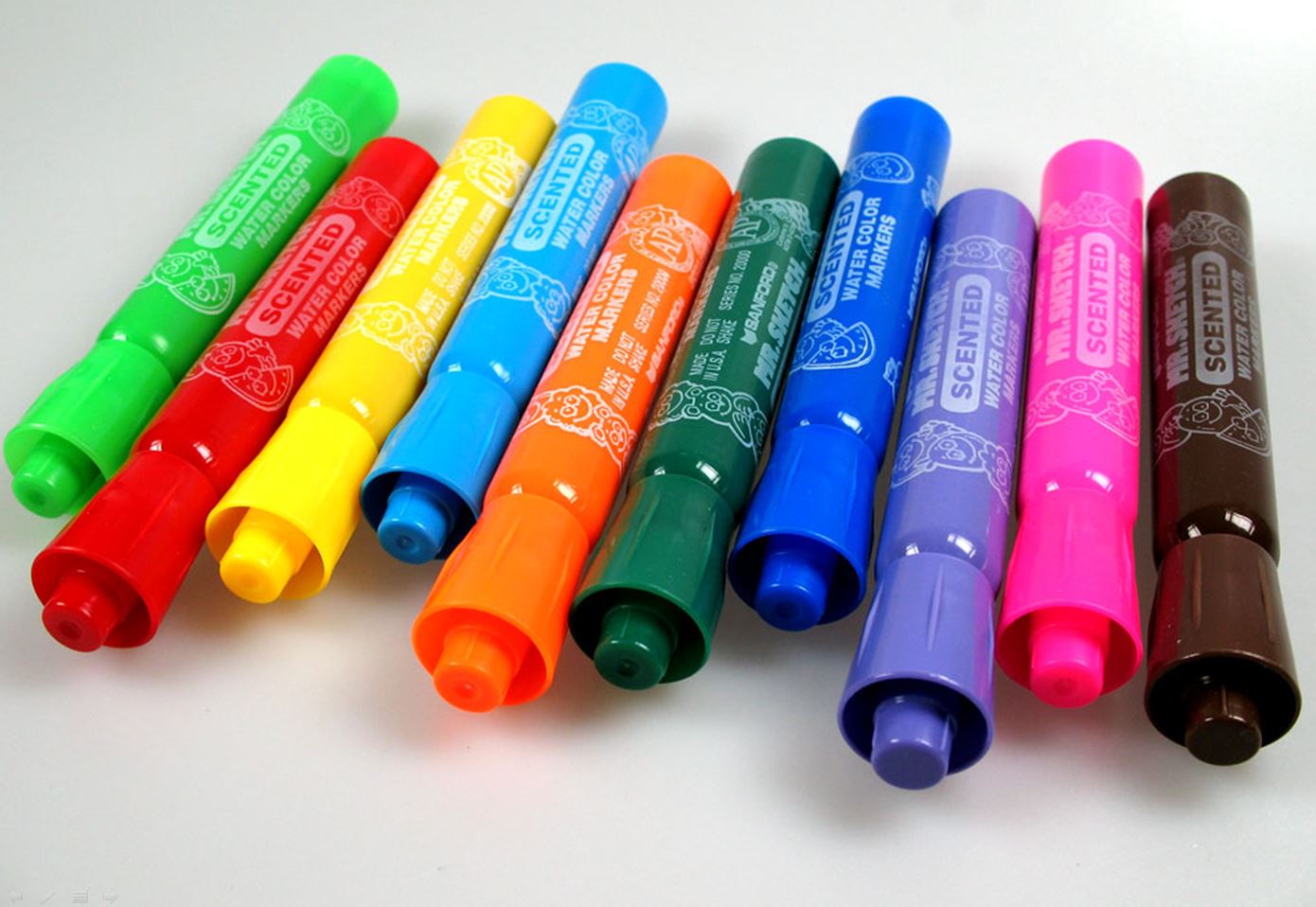
It all makes sense now. The way you are wired is a direct result of having sniffed those markers as a child. Perhaps that is why you see the world with a unique perspective.
This is a neat exposition on 2 Corinthians 2:14-17, deftly applied to other settings.
Leave marker: check
Hi Chad,
Important topic, valuable contribution and excellent examples with the Twitter profiles! I will definitely find a place to backlink this blog from my own. Thank you!
As a coach, helping people build awareness of the identity markets they have constructed, on the back of limiting beliefs is incredibly powerful. I particularly like your point on markers being relative – every situation demands a slightly different blend of colours. Generalising identity markets and internalising them (particularly if negative) can often be the source of blocking optimum personal effectiveness – in all areas of life.
To build on your point #3 Be intentional about the marks you leave behind – Being aware of the negative markers we create for ourselves can help us challenge them and grow in ways we never believed possible.
If you have ever heard yourself say something like – I’m not a likeable person, I’m not smart enough, I’m bad at ….technology, maths, reading, spelling etc… Challenge it; is it really true? Imagine what it would feel, look like and sound like if you were the opposite. For example: I am learning about technology ….or I’m a learner or knowledge seeker. Hold that positive opposite alternative close to your heart and see what it is like to live with that marker – and apply in a way that makes your life more colourful and enriched.
Dayna
Hi Dayna,
Thank you for your insights! I like the way you challenge the self-talk.
Chad